Top dressing of tomatoes with potassium sulfate

Foliar and root feeding of tomatoes with potassium sulfate provides the plant with the necessary nutrients. The use of fertilizer is possible in the greenhouse and in the open field, if the dosage is correctly observed, it can significantly increase the immune protection of the seedlings. A detailed review of the features of the use of potassium sulfate will allow you to understand how to dilute the product, feed them tomatoes according to the instructions.
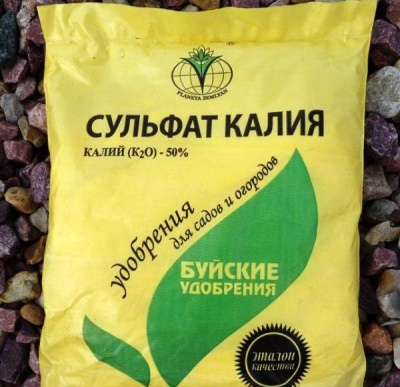
Peculiarities
Lack of minerals can negatively affect the growth and development of plants. The fertilizing of tomatoes with potassium sulfate, used by many gardeners, prevents the depletion of the soil composition, forms a favorable nutrient medium for their growth and development. Lack of this substance can affect the following indicators:
-
the appearance of the plant;
-
rooting of seedlings;
-
the formation of ovaries;
-
ripening speed and uniformity;
-
taste of fruits.

Signs that tomatoes require potassium supplementation include a slowdown in shoot growth. Bushes wither, look drooping. With a constant lack of mineral matter in the plant, leaves begin to dry out at the edges, a brown border forms on them. At the stage of fruit ripening, long-term preservation of the green color, insufficient ripeness of the pulp at the stalk can be observed.
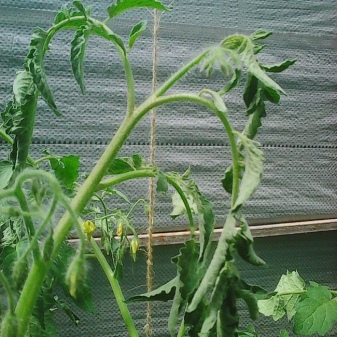

Most often used for feeding tomatoes potassium monophosphate - a mineral fertilizer with a complex composition, including phosphorus. It is produced in the form of powder or granules, has a beige tint or ocher color. And also useful for tomatoes potassium sulfate in its pure form, in a crystalline powder form. Several factors can be attributed to the features of this type of fertilizer.
-
Rapid degradability... Potassium does not have the ability to accumulate in the soil. That is why it is recommended to apply it regularly, in autumn and spring.
-
Easy assimilation... The mineral fertilizer is quickly absorbed by the individual parts of the plant. It is suitable for foliar feeding of tomatoes.
-
Water solubility... The drug must be diluted in warm water. So it dissolves better, is absorbed by plants.
-
Compatible with organophosphorus compounds. This combination allows you to ensure the saturation of the seedlings with the necessary nutrients. After feeding, tomatoes tolerate cold better, become more resistant to fungal attack and infections.
-
No side effects. Potassium sulfate does not have ballast substances that can adversely affect the cultivated crops.
-
Positive effect on microflora... At the same time, the acidity of the soil does not change dramatically.
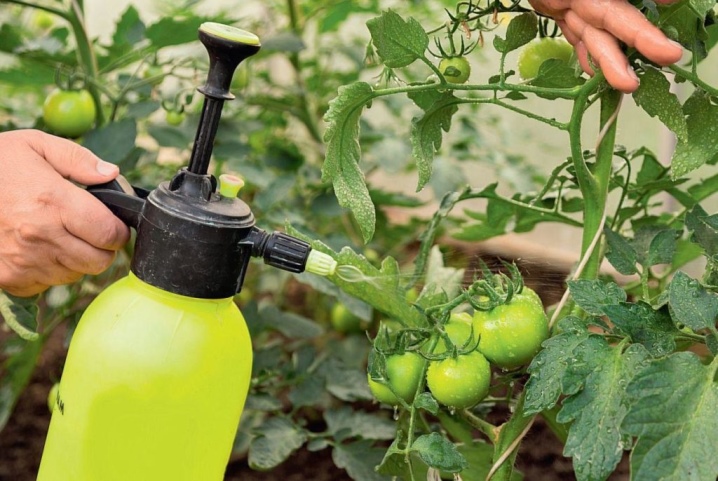
Adequate potash fertilization will enhance flowering and ovary formation. But it is not recommended to use it when growing indeterminate varieties, since with abundant feeding they begin to bush strongly, intensively increasing the mass of side shoots.
How to dilute?
Feeding tomatoes with potassium should be done strictly according to the instructions. When using this substance in the form of sulfate, the dosage is taken:
-
2 g / l of water for foliar application;
-
2.5 g / l with root dressing;
-
20 g / m2 dry application.
Careful adherence to the dosage will avoid oversaturation of the fruits and shoots of the plant with potassium. A solution is prepared by mixing dry powder with warm water (not higher than +35 degrees).It is better to take rain moisture or previously settled stocks. Do not use chlorinated tap water or hard well water.
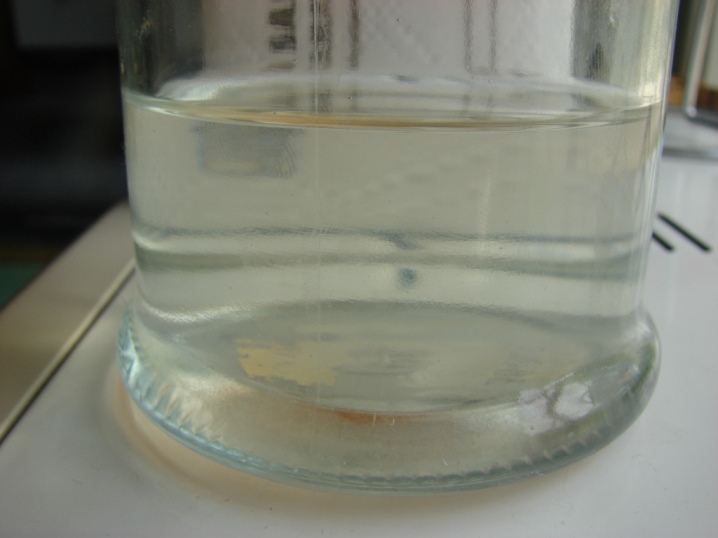
Complex fertilizer (monophosphate) based on potassium sulfate is used in other proportions:
-
for seedlings 1 g / l of water;
-
1.4-2 g / l for greenhouse application;
-
0.7-1 g / l with foliar feeding.
The average consumption of a substance in a solution is from 4 to 6 l / m2. When preparing a solution in cold water, the solubility of the granules and powder decreases. Better to use heated liquid.

Application rules
You can feed tomatoes with potassium both at the stage of growing seedlings and during the formation of ovaries. It is also possible to pre-prepare the soil for planting plants with fertilization. When using potassium sulfate, the following application methods can be used.
-
Into the ground. It is customary to carry out top dressing in this way when digging up the soil. The fertilizer should be applied in the form of granules, in the dosage recommended by the manufacturer, but not more than 20 g / 1 m2. The dry matter is placed in the soil before planting young plants in a greenhouse or in open beds.
-
Foliar dressing. The need to spray the shoots superficially usually arises during the fruiting period of tomatoes. Plants can be treated with a solution from a spray bottle. For spraying, a less concentrated composition is prepared, since the leaf plate is more sensitive to chemical burns.
-
Under the root... The introduction of water-soluble fertilizers during irrigation allows the most effective delivery of minerals to the organs and tissues of the plant. The root system, when watering with top dressing for tomatoes, quickly accumulates the resulting potassium, contributes to its distribution. This method of application uses a powder previously dissolved in water.

The time of fertilization should also be taken into account. Usually, the main feeding is done during the period of forcing seedlings, even in containers. The second stage occurs when they are moved into open ground or a greenhouse.
But here, too, there are some nuances. For example, when growing plants in greenhouses, it is not recommended to use the foliar method. In the open field, during rainy periods, potassium is quickly washed out, it is applied more often.
Potassium sulfate has its own peculiarities of entering the soil when growing tomatoes. When processing seedlings, fertilizer in crystalline form is added according to the scheme below.
-
The first root dressing is performed after the appearance of the 2nd or 3rd true leaf. It is necessary to carry it out only with the independent preparation of the nutrient substrate. The concentration of the substance should be 7-10 g per bucket of water.
-
After the pick, re-feeding is done. It is done 10-15 days later after thinning is complete. Nitrogen fertilizers can be applied at the same time.
-
With a significant extension of the seedlings in height, you can make unscheduled potassium fertilization. In this case, the rate of climb by the shoots will slow down somewhat. It is necessary to apply the product under the root or by the foliar method.

With an excessively rapid growth of green mass by plants, potash fertilizers will also help to transfer them from the generative stage to the vegetative stage. They stimulate the formation of buds and flower clusters.
During fruiting
During this period, adult plants need potash fertilizers no less. Top dressing is recommended after the formation of ovaries, with a threefold repetition after 15 days. The dosage is taken in the amount of 1.5 g / l, for 1 bush it takes from 2 to 5 liters. It is recommended to alternate the application of the product under the root with spraying the shoots in order to avoid negative effects.
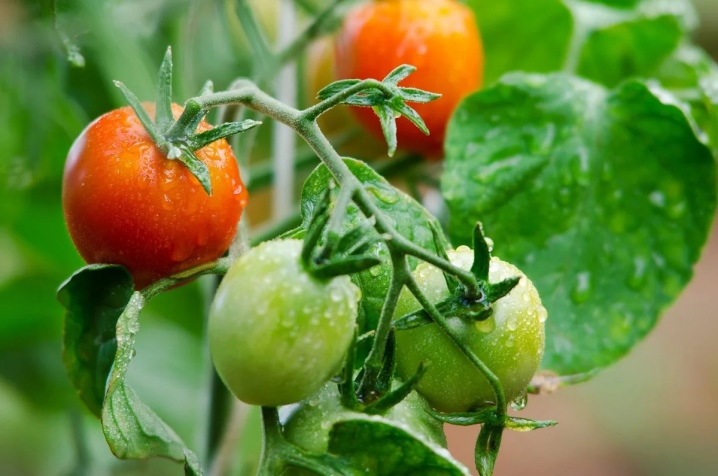
Additional feeding outside the plan should be carried out during periods of significant deterioration of climatic conditions. In case of severe cold snap or heat, tomatoes are sprayed with potassium sulfate, reducing the negative impact of external factors on yield.Foliar dressing is recommended only in cloudy weather or in the evening to avoid burning out the deciduous mass.
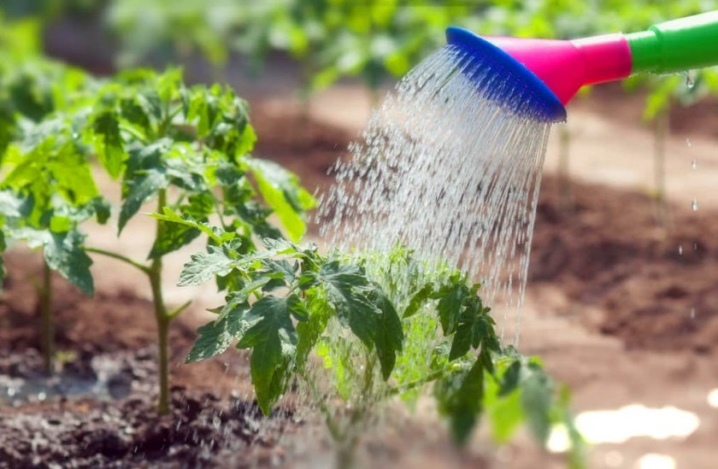













The comment was sent successfully.